Submit a Program
Do you have a successful, innovative program currently implemented in your school that you would like to share with other students, teachers, parents and schools?
We want to hear about programs that help to “draw out the genius” of individual students. Programs that think outside-the-box of a traditional classroom structure; programs based on experiential-based learning; programs that utilize mentorship, creativity and explore a student’s full potential.
Let us know about it and we will share it with other schools!
Featured Programs
Three Dimensional Design & Fabrication
Teacher’s First and Last Name: Joe Darrough
School Name: Escondido Charter High School
Email: jdarrough@echs.org
Type of School: charter
School Address: 1868 East Valley Parkway
City: Escondido
State: CA
Zip: 92027
Title of Program:
Three Dimensional Design and Fabrication
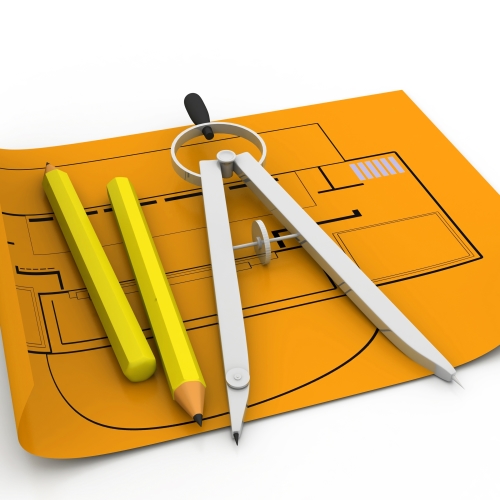
Synopsis of Program:
The 3D Design and Fabrication course is intended to offer students an introduction to the world of computer generated 3-D modeling and manufacturing. As an introductory course, it provides a basic understanding of the skills and techniques employed by 3-D designers in a wide range of applications. In this online course, we will explore basic mesh modeling, texturing, lighting, animation and rendering. This course should provide a good basis for further independent study in architectural, engineering, game, theatrical and character modeling
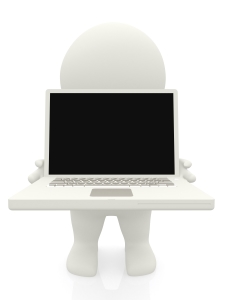
Program Requirements for Students:
Computers Level One, Two, Three and Geometry A&B
Specific Program Details:
This class requires a great deal of self-discipline and self-motivation. It is strongly urged to set aside a specific time period each week to work on the learning units, exercises and projects.
- Students will learn the proper use of the Blender software to design a variety of 3D projects. They will design, Jewelry, a Robot, Wind Sculpture and a 3D geometric shape using forms learned in Geometry.
- Students will learn how to use textures and materials, use of Mesh modeling, particles UV Textures and Sculpting.
- Students will learn how to calculate the strength of thermal plastics, discover the tools of good design and build prototypes for fabrication.
- Students will learn how to print their object on a 3D printer as a design prototype.
Methods of Instruction may include, but are not limited to:
- Computer based lectures
- Hands-on computer lab assignments
- Daily assignments
- Teacher/Student interaction
First Robotics Competition
Teacher’s First and Last Name: David Tarr
School Name: Escondido Charter High School
Email: dtarr@echs.org
Type of School: charter
School Address: 1868 East Valley Parkway
City: Escondido
State: CA
Zip: 92027
Title of Program:
FIRST Robotics Competition
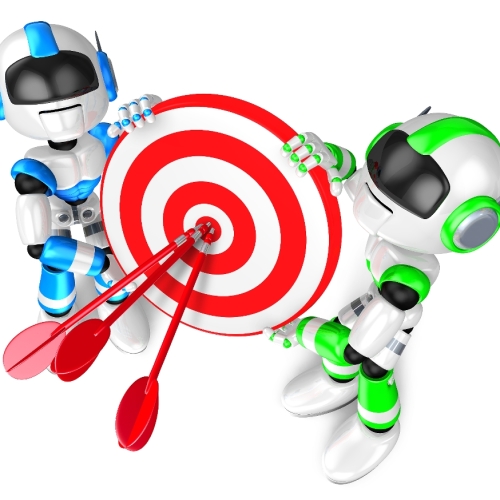
Synopsis of Program:
We have a year-long after-school robotics program for grades 9-12, that engages students in problem-solving and critical thinking activities through hands-on fabrication projects. The program is a part of the FIRST Robotics Competition, originally created by inventor Dean Kamen. Our robotics team – The Daedalus Project – is run like a business, with a fabrication group and a marketing group. The fabrication group works in a machine shop and, based on new specifications each year, designs, builds, and programs a robot to perform tasks in a competitive game. The marketing team documents the year in photos and videos, builds the team’s website, creates 3-D printed objects to give to other teams, and makes costumes for the competition.
Our team also hosts two robot competitions for younger students who participate in the FIRST LEGO League and FIRST Tech Challenge Programs. Through these tournaments, our students learn how to organize, prepare, and run events with 400 people in attendance. Our team members also mentor younger students to help them prepare to advance in robotics.
Our robotics team is sponsored by a number of high tech firms in the San Diego area, and we have mentors from those companies who volunteer their time to work alongside our students, to guide them through the various challenges associated with building a complex machine. These mentors bring real-world experience to the team, while at the same time, they are scouting the budding talent for their company.
Specific Program Details:
We meet after school two days a week for two hours a day during the first semester. During the build season in the second semester, we meet on four weekdays for 3 hours each day, as well as on weekends and holidays for eight hours a day – January through February.
Our team attends at least two tournaments a year. The tournaments last for three days and involve approximately 50 teams. Winners of these events attend the World Championship in St. Louis in April.
It is our goal to help team members:
- Gain an interest in the different fields of science and engineering
- Develop leadership skills
- Develop overall character
- Develop critical thinking and problem-solving skills
- Build self-confidence
- Learn to work in a team environment
- Prepare students for real-world situations
- Demonstrate gracious professionalism at all times
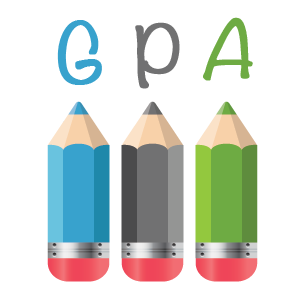
Program Requirements for Students:
Students must maintain a 2.5 GPA to be in the program.
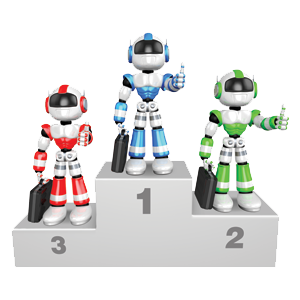
Program Results:
The team has been successful in creating robots that perform well on the competition field, and we have won several judges awards, including the Rookie All-Star Award, the Kleiner-Perkins Entrepreneurship Award, and several Imagery Awards. In addition, many of our graduating team members have received scholarships and majored in STEM subjects in college. We have also placed one of our students in an internship with one of our sponsoring companies.

Student Testimonials
Haley Abitz, Team Member
This is my first year in FIRST Robotics at the high school, but I was on the middle school team last year. I came in late in the season last year, but I really liked it. I decided that this was what I really wanted to do, and I have decided to prepare for a career in engineering. I worked in the shop this year, and had a chance to learn how to use the equipment. I got pretty good with the mill and band saw, and I had a chance to try the lathe. I really like working in the machine shop. The best part is taking your ideas and turning them into real things.
Willian Solis, Team Member
I heard about robotics from one of my teachers. I had mentioned that I was interested in becoming an airline mechanic, and he told me to check out the team. At first, I wasn’t sure what it was all about, but I got to work on building the robot, and it was pretty fun. I have worked with most of the machinery in the shop before, but I had my first chance to use a lathe. I was really surprised at how much went into the robot. It seemed like too much for such a short period of time. I was really bummed when it didn’t work, but seeing the San Diego Competition got me fired up, so I came back after the season to fix the robot. It was great when we got it going. I was afraid we had put all of this time into it and it would never move. It was great to get all of it working and scoring.
Submit a Program
Do you have a successful, innovative program currently implemented in your school that you would like to share with other students, teachers, parents and schools?
We want to hear about programs that help to “draw out the genius” of individual students. Programs that think outside-the-box of a traditional classroom structure; programs based on experiential-based learning; programs that utilize mentorship, creativity and explore a student’s full potential.
Let us know about it and we will share it with other schools!



Leave Comment
2 Comments on Programs
David Guzman says:
November 6, 2014 at 6:03 pmHello world! This is test a comment!
David Guzman says:
November 6, 2014 at 6:11 pmReply test for 1st comment
Leave Reply
You must be logged in to post a comment.